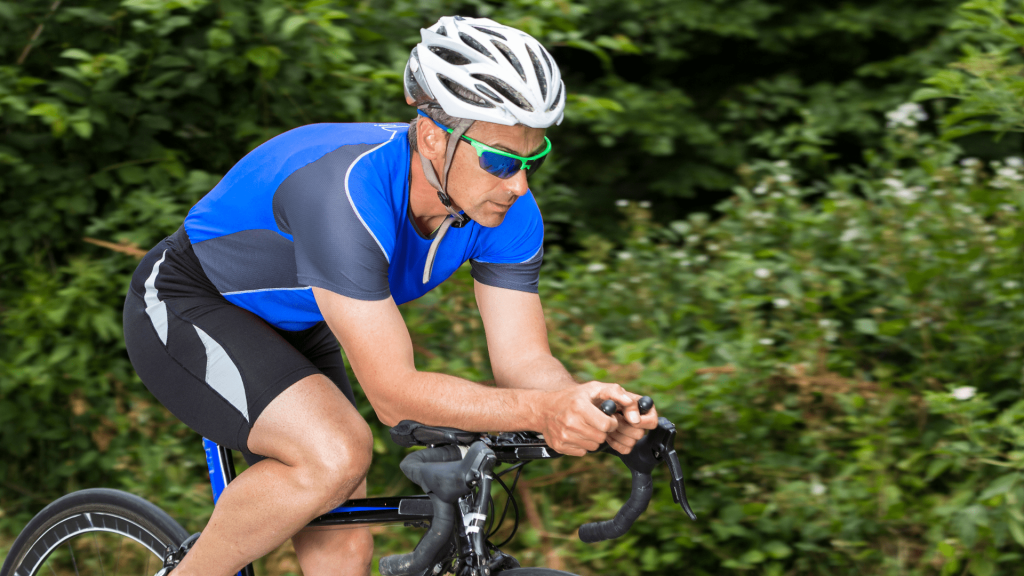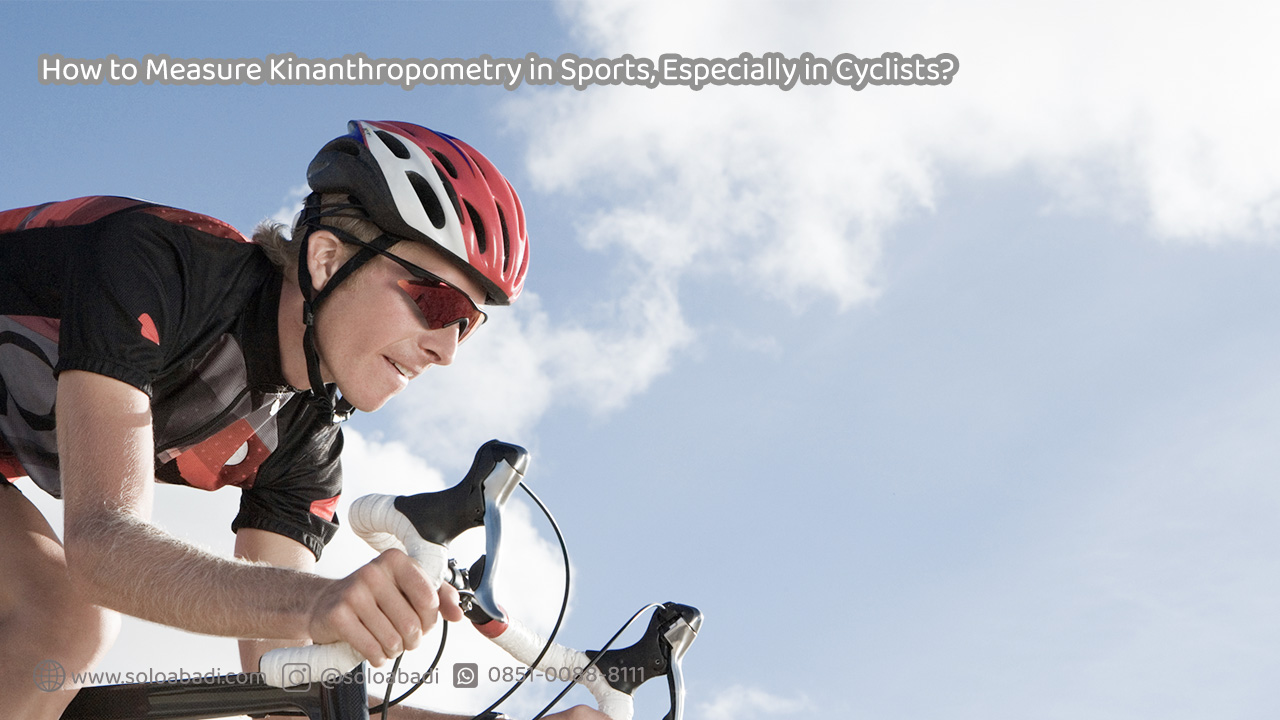Kinanthropometry in sports plays an important role in optimizing athlete performance through the customization of equipment. This interdisciplinary field, which intersects with Anthropometry, involves several assessment stages to ultimately determine the composition of an athlete’s equipment that will support their performance. Therefore, in this article, we will discuss how to measure Kinanthropometry in sports, especially in cyclists.
The Relevance of Kinanthropometry in Sports
Studies on human body dimensions initially focused on somatometry. Through this field, we can categorize various human races based on their physical characteristics. As time goes by, researchers began to realize that individuals with specific characteristics (tall, having long legs, and so on) exhibit ‘better’ physical abilities in the field of sports. This is what prompted researchers to delve deeper into Kinanthropometry
Read More : Instrument Used in Conducting a Full Scale Profile in Kinanthropometry
Kinanthropometry is now developing as an essential science in modern sports. Trough Kinanthropometry, the physical potential of potential great athletes can be discovered. Furthermore, this field of knowledge can also maximize this potential, one of which is by optimizing the equipment they use.
The Role of Kinanthropometry for Cyclists

Kinanthropometry in sports plays a role in optimizing athletes’ body potential through the customization of the equipment they use. This also applies to cyclists. Cyclists need to measure aerodynamic efficiency. Aerodynamics is the science that studies how wind and air resistance reduce air resistance.
Kinanthropometry plays crucial role in determining the shape of bicycle equipment such as frames and wheels that can enhance cycling speed.
Additionally, there are key aspects of aerodynamics in cycling athletes, including :
- Riding Position: The athlete’s body position while cycling significantly impacts aerodynamics. The right body position can reduce air resistance, such as bending and tucking the body to minimize frontal area.
- Clothing and Helmet: In addition to being ergonomic, equipment also needs to be designed aerodynamically.
- Bicycle Equipment: Cyclists often customize their bikes and other components to optimize their physical potential.
- Aerodynamic Testing: Cyclists and their teams use devices for aerodynamic simulations to identify the most aerodynamic equipment.
- Athlete’s Body Measurements: Body dimensions affect comfort, efficiency, and cycling performance. Therefore, it is important to conduct Kinanthropometry measurements before determining several points mentioned above.
How to Measure Kinanthropometry in Sports, Especially in Cyclists?
Before conducting measurements, the first thing that needs to be done is to determine the purpose of Kinanthropometry measurement. Is it to optimize riding position, understand the athlete’s physical characteristics, or monitor health?
In this article, we will measure kinanthropometry to optimize the riding position. The measurement of Kinanthropometry can be done using an Anthropometer, Portable Stadiometer, and Sliding Caliper.
Here are the body dimensions measured in Kinanthropometry for cyclists :
1. Height
Height plays a role in assisting and determining the appropriate bicycle frame. By measuring height, it can help you achieve a comfortable and optimal riding position. The tools used to measure height are the Portable Stadiometer or Anthropometer.
The Stadiometer itself is indeed part of the Anthropometry Kit specifically designed for measuring height. With a scale embedded in ABS material, the Stadiometer has rigid accuracy.
Meanwhile, the anthropometer is a specific-purpose measuring bar designed to measure various dimensions of the human body. Typically, this instrument is combined with a sliding block to determine which area will be measured.
2. Inseam Length
The inseam length, which is measured from the crotch, is important for determining the appropriate saddle height. This measurement is necessary to maintain stability while cycling. The common measuring tools used for this purpose are the Anthropometer Bar and Sliding Block. Inseam length is also known as Crotch Height.
3. Reach
The reach measurement, or the distance to the fingertips, affects how athletes extend their arms while cycling. This has an impact on the selection of an appropriate handlebar to enhance comfort and riding efficiency.
4. Torso Length
Torso Length is the measurement of the length between the base of the neck and the pelvis. It affects the overall body position while cycling. Torso length can play a role in determining the correct angles and can enhance riding efficiency.
5. Arm Length
Arm length is measured from the shoulder to the wrist. This measurement plays a crucial role in selecting the appropriate handlebar. Arm length also influences the handlebar’s tilt angle
Find Kinanthropometry Measurement Tools
The Portable Anthropometry Complete Set Series and Anthropometry Kit have been used by various institutions, both domestically and internationally, in various fields, including education, government agencies, the military, architecture, and forensics.
For further information, please contact us via email at admin@soloabadi.com or through WhatsApp at 08510888111.




